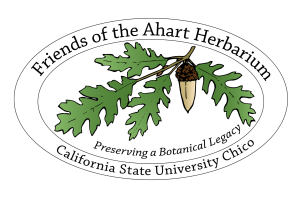Species boundaries between Mimulus glaucescens and M. guttatus in Butte and Tehama counties, California
January 20th, 2022
7:00 – 8:00 PM (Via Zoom)
Chris Ivey
California State University, Chico
Department of Biological Sciences
View the Presentation Here
The cohesion of recently-diverged species is thought to be maintained by traits that reduce the chance of interbreeding with close relatives. Typically, barriers to reproduction are well-defined, or if not, species boundaries are indistinct. Mimulus glaucescens, which is endemic to Butte and Tehama counties, California, has long been recognized as distinct from its close relative, the widespread M. guttatus, based on vegetative characters, despite an unsettled taxonomy among other close relatives in the genus. Nonetheless, both species broadly co-occur, they both flower in the spring, their floral morphologies are similar, and fertile hybrids have been reported from earlier greenhouse studies – yet hybrids are rarely reported from field collections. Thus, barriers to reproduction are not obvious, despite what appear to be clear species boundaries. My students and I have used field, greenhouse, and laboratory experiments to characterize multiple potential reproductive barriers between these taxa, and we found reproductive isolation to be weak. Recent analyses of whole-genome sequence data support the monophyly of M. glaucescens, but also find that introgression and interbreeding is common between the taxa. Thus, although these taxa are widely considered to be distinct species, the boundaries defining them as such appear to be poorly supported.
Distinguishing vegetative traits of each species. Mimulus glaucescens (left) has glaucous, glabrous, and perfoliate peduncular bracts, whereas M. guttatus (right) has non-glaucous, glandular-pubescent, and distinct bracts.
Chris Ivey has been on the faculty of Biological Sciences at Chico State since 2006. He earned his B.A. from The Evergreen State College in Olympia, WA in 1989, and his Ph.D. from the University of Georgia in 1998. He had various research and teaching positions in Costa Rica, Florida, Virginia, and Illinois prior to joining the department in Chico.


